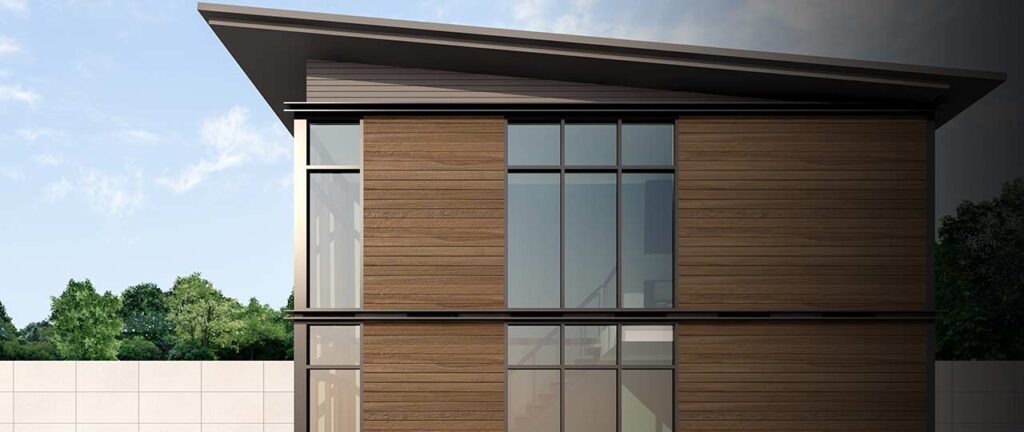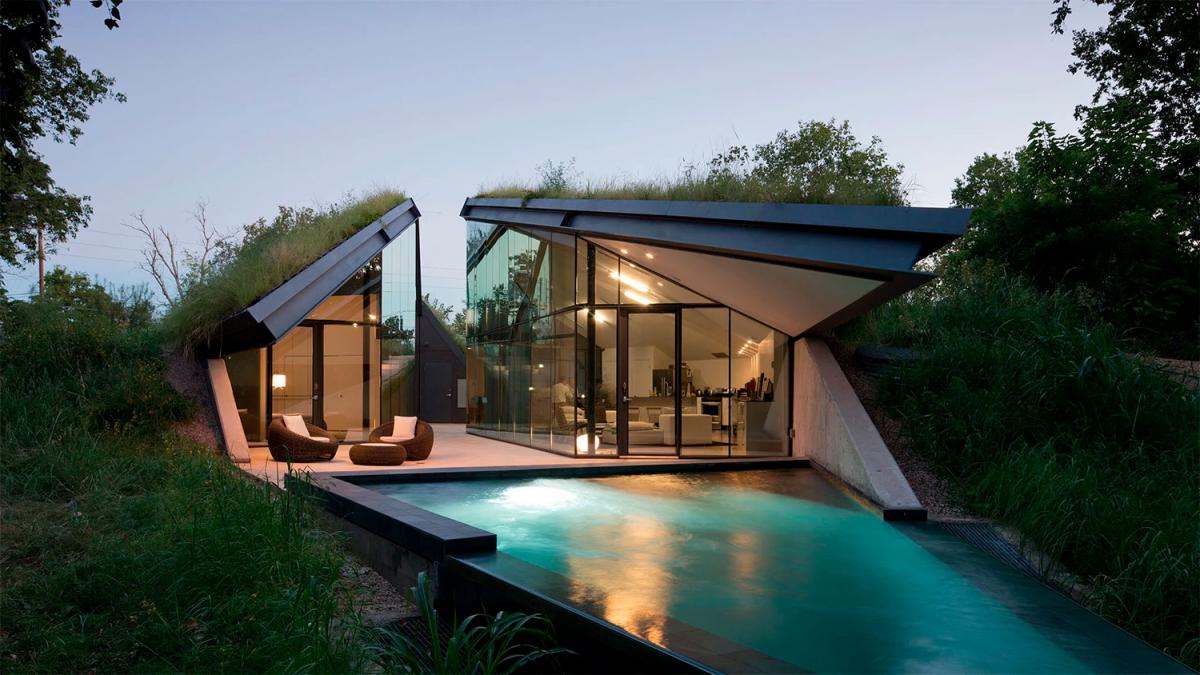The market for prefabricated timber structures, cabins, and modular homes—exemplified by providers like Gardenhouse24—is booming, promising speed, affordability, and convenience. While these quick-build solutions certainly offer advantages, focusing solely on the benefits ignores the significant practical, legal, and long-term issues that buyers frequently encounter.
This article highlights the frequently unmentioned disadvantages that developers and consumers should scrutinise before investing in these structures.
1. Compliance and Regulatory Pitfalls
One of the biggest areas of confusion and potential financial risk revolves around planning and building standards.
- Ambiguous Planning Status: Many quick-build units are marketed as “permitted development” (PD), meaning they supposedly don’t need full Planning Permission. However, the PD rules are complex and highly site-specific. If the building is too large, too high, intended for permanent residential use (or used as an annex), or if the site is in a protected area (AONB, Conservation Area, etc.), Planning Permission is required. Failure to obtain this can lead to expensive enforcement action.
- Building Regulations vs. Marketing Claims: Being a timber cabin or garden room does not exempt a structure from Building Regulations if it is intended for permanent residential use, or even sometimes if it serves as a separate dwelling/annex. Structures built purely for speed often fail to meet the rigorous standards of Part L (Energy Efficiency), Part B (Fire Safety), or Part A (Structure) without significant, costly modifications on-site.
- Warranty and Mortgage Issues: Modular homes often lack the established warranties (like NHBC) required by mainstream UK mortgage lenders for permanent residential buildings. This severely restricts financing options and impacts resale value.
2. Construction and Material Quality Compromises
The pursuit of rapid assembly often means compromises in materials and detailing, leading to long-term maintenance issues.
- Reduced Insulation and Thermal Bridging: While the timber itself is a natural insulator, many low-cost prefab systems rely on thinner, less sophisticated insulation compared to a fully compliant residential build. This leads to higher heating costs and a poor energy performance rating, despite the marketing claims.
- Airtightness Failures: Achieving the strict airtightness standards required by UK Building Regulations is challenging in modular systems where joints between panels or logs are numerous. Leaky structures lead to drafts, condensation, and wasted energy.
- Structural Movement and Settlement: Timber is a natural material that moves, warps, and settles, especially within log cabins or quick-build frames. Unless properly constructed, this movement can cause issues with door and window alignment, cracking in internal finishes, and compromised weatherproofing over time.

3. The Unforeseen Costs and Complexity of Installation
The sticker price rarely includes all the necessities for a functioning UK dwelling.
- Foundation Costs: The quoted price typically excludes the mandatory solid, level base or foundation (such as a concrete slab or ground screw system) required for UK stability. This must be independently commissioned and can cost thousands of pounds.
- Utility Connections: Connecting services (water, sewage, electricity) is a significant hidden cost. If the structure is far from the main house or the street, the price of trenching and connecting to the mains can balloon unexpectedly.
- Hidden Interior Finishes: Some suppliers deliver a bare-bones shell. Buyers are then left with the substantial task (and cost) of internal wiring, plumbing, plastering, floor finishing, and kitchen/bathroom installation—often the most time-consuming part of any build.
4. Durability and Longevity Concerns
The intended lifespan of a quick-build structure can be much shorter than that of a traditional UK home.
- Vulnerability to Moisture: Timber, especially cheaper grades, is highly susceptible to rot, decay, and mould if the structure’s design does not allow for rapid drying or if the external treatment is neglected.
- Exterior Maintenance Burden: These buildings often require regular, rigorous maintenance, including external treatment (staining or painting) every few years to protect the wood from the damp UK climate. Failure to maintain can lead to rapid structural deterioration.
- Pest Infestation: Timber structures can be more attractive to pests like rodents, woodworm, and carpenter ants, requiring preventative measures and vigilance that traditional brick structures do not demand.
Conclusion for the Informed Buyer
While quick-build timber homes and cabins offer rapid solutions, buyers must exercise extreme caution. The ease of construction often masks complexity in regulatory compliance, long-term maintenance, and hidden installation costs.
Before purchase, the buyer must undertake exhaustive due diligence, including obtaining site-specific Planning advice, clarifying the structural compliance with UK Building Regulations, and securing quotes for all necessary groundwork and utility connections. Relying solely on marketing claims regarding “permitted development” or “simple assembly” can lead to significant and expensive disappointment.



